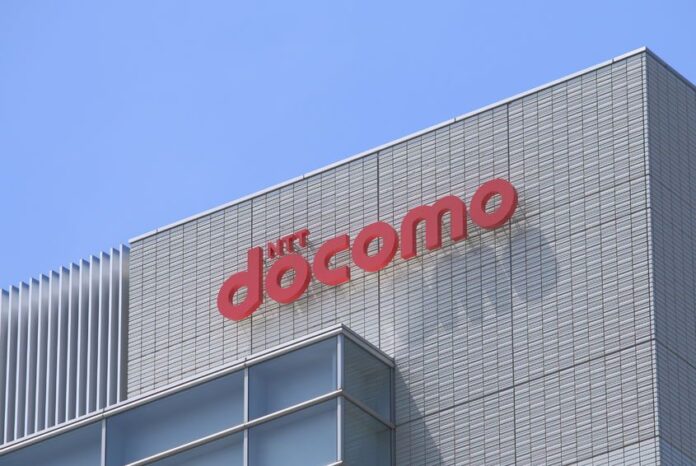5G trial part of NTT DoCoMo’s efforts to research technical conditions of the 28 GHz band
Huawei has announced a collaboration with Japanese telco NTT DoCoMo and Tobu Railway to trial a 5G millimeter wave system at Tokyo Skytree Town as part of a broader push for 5G field trials being advocated by Japan’s Ministry of Internal Affairs and Communications (MIC).
The vendor said the trial was conducted with the main aim of researching technical conditions to use the 28 GHz band and other candidate spectrums for 5G in dense urban areas.
In December 2017, Huawei announced a successful 5G connection between the Tokyo Skytree and a shopping facility at Tobu Railway’s Asakusa Station using the 28 GHz band. At that time, Huawei also evaluated 5G system performance when to create immersive video communication with clear voice calls and smooth video footage by using a Microsoft HoloLens connected to the end-to-end 5G network used for the long-distance and high-speed data transmission.
Huawei and NTT DoCoMo have also recently completed a joint field trial for 5G mobile communications over a long distance with 39 GHz millimeter wave band in Yokohama, Japan.
During the 5G trial, the downlink data transmission achieved a maximum speed of more than 2 Gbps on a testing vehicle, which was equipped with a user equipment equivalent to a mobile phone.
In November 2016, Huawei and NTT DoCoMo carried out a large-scale field trial using 200 megahertz of spectrum in the 4.5 GHz band in Yokohama, Japan. During the trial, the companies said they witnessed network speeds up to 11.29 Gbps total and less than half-a-millisecond latency.
Subscribe now to get the daily newsletter from RCR Wireless News
In early 2017, Takehiro Nakamura, vice president and managing director of 5G Laboratory at NTT DoCoMo, had announced plans to launch 5G trials in Tokyo during 2017 and 2018. The executive said that the Odaiba waterfront area is set to include trials of 5G coverage and connected cars, while the Tokyo Skytree Town location is to include outdoor and indoor coverage tests.
In other 5G news, KT Corp., South Korea’s second-largest mobile operator, announced plans to demonstrate its 5G wireless technology in a self-driving car during the upcoming PyeongChang Winter Paralympic Games.
KT said it will showcase vehicle-to-infrastructure communication for real-time video streaming and video calls by implementing 5G wireless technology in a rear-seat entertainment system in Hyundai Motor’s electric vehicle Nexo.
The telco has established a pilot 5G wireless network on a 3.5 kilometer-track near the venues for the Paralympic Games for the demonstration of its latest service.
KT carried out a 5G trial during the Winter Olympics Games, which took place in the city of PyeongChang last month.
During the PyeongChang Games, the mobile operator provided five 5G-driven visual technologies — sync view, interactive time slice, 360-degree virtual reality live broadcasting, omni-point view and a 5G connected bus.

